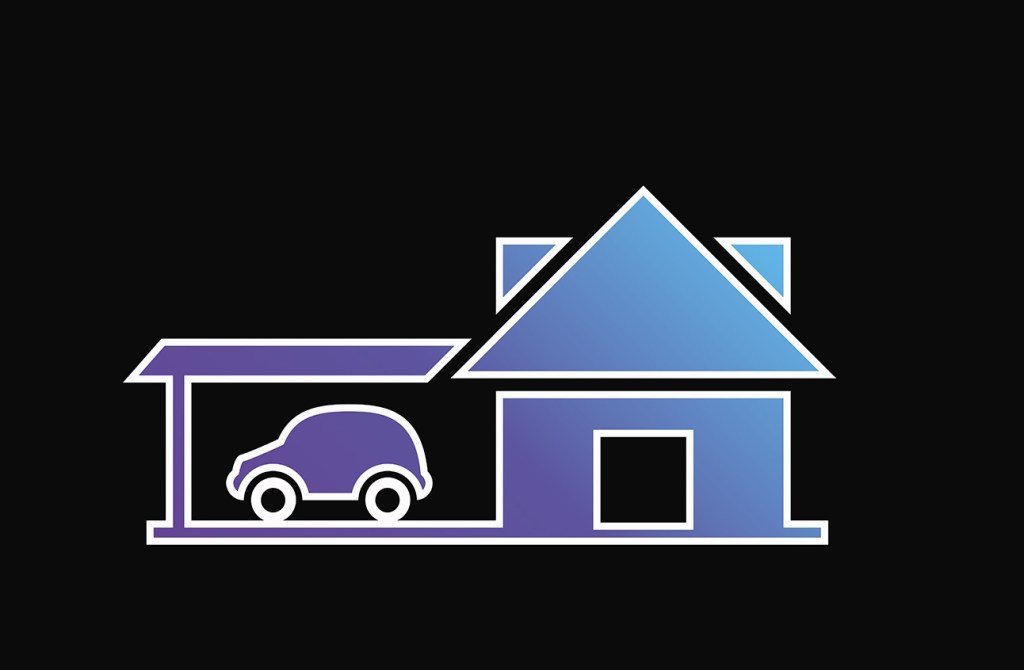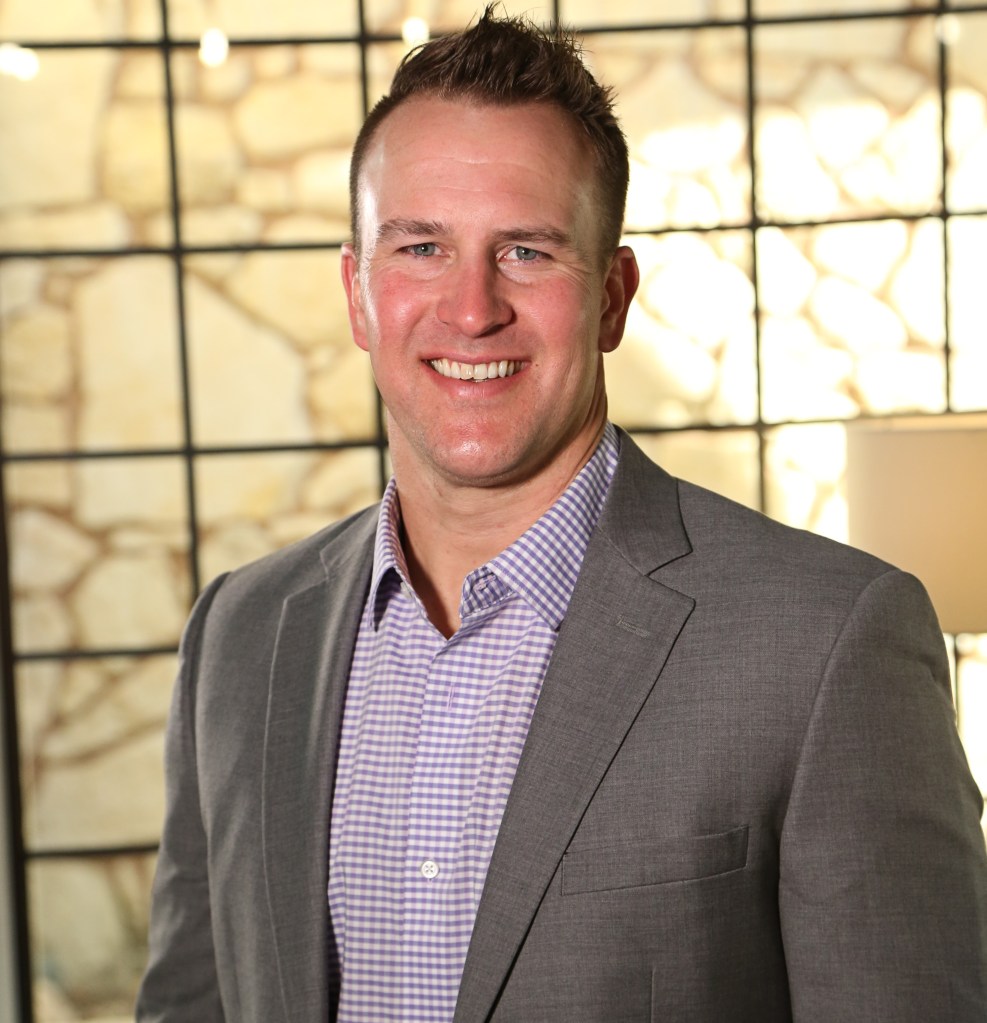How Persistent Severe Claims in the A&E Market Create Challenges
By: Olivia Overman
As the architects & engineers insurance market grapples with climate change and increasing inflation, as well as the impact of the COVID-19 pandemic, rising claims severity is proving to be a roadblock to market growth, according to a report by Advance Market Analytics.
“Pricing and rates have increased steadily over the past few years in response to more frequent and severe claims,” says Tameka Livatino, underwriting director, professional liability, Burns & Wilcox. “Mechanical engineers, structural engineers, civil engineers and geotechnical engineers, as well as condominium and other residential design professionals, remain the most worrisome disciplines and are subject to more drastic rate hikes due to their market performance.”
Meanwhile, “small architectural firms, electrical engineers and various contractors, to name a few, are examples of disciplines which may see only a slight increase in rate and retention,” Livatino says.
The hard market has led to carriers exiting the A&E market, which has tightened capacity in some segments. However, available capacity often depends on the size of the insured and what their project needs are, explains Brandon Perry, senior vice president and A&E large firm program manager, Victor Insurance Managers Inc.
The distinction really comes into play when it comes to the size of the firm, with smaller firms that need limits at or above $5 million “being challenged to find full coverage with one carrier,” Perry says. “But whether through excess layers or accessing tested, well-known carriers, brokers are able to still achieve the required limits. On the larger side, some of those firms have had challenges in getting excess tower placements with the same limits that they had in the past—or doing so at the same price point,” Perry adds.
Further, rising losses since 2019 are causing underwriters to scrutinize risks more closely, exemplified by the deaths of 98 people after the collapse of the Champlain Towers South condo building in Surfside, Florida, last year. The collapse triggered lawsuits, including one filed by a victim’s family that names engineering firm Morabito Consultants Inc. and SD Architects for failing to provide warnings of the dangerous condition of the building.
Due to the impact of the collapse, rates are expected to rise further, and capacity is expected to shrink below current levels as fewer insurers offer coverage on condo projects, particularly in coastal areas.
“While rates and policyholder deductibles have increased, project owners continue to demand higher professional liability limits from design firms bidding on their projects,” says Larry Moonan, executive vice president, chief operating officer, Berkley Design Professional, a Berkley Company. “In some cases, the higher costs associated with obtaining the required limit provides room for the A&E professional to negotiate back to a more reasonable limit of liability, but not in all cases.”
Despite “carriers seeing an uptick in loss costs and increasing minimum premiums, there is still plenty of competition to write A&E business,” Livatino says. “Carriers are looking for ways to remain competitive while still hitting profitability targets. Rates and retentions are being managed and increased but not necessarily across all disciplines and project types.”
To prosper in such a challenging market, agents must help design and construction professionals understand the changes in the industry and the current risk environment to avoid coverage gaps, according to a recently updated report by Victor Insurance Managers Inc. Working closely with carriers and their clients to ensure they start the underwriting process early will also benefit all parties.
“Professional liability insurance is the most important insurance product a design professional buys,” Moonan says. “The right coverage protects the firm from economic and reputational loss while meeting the contractual requirements specified by the project owner.”
“Many professional liability carriers also offer risk management support and coursework to help policyholders minimize risk and negotiate contracts more efficiently,” Moonan adds. “Managing claims in a timely, professional and competent manner with the assistance of well-qualified panel counsel is also of paramount importance.”
Olivia Overman is IA content editor.










